Match the series (in Column I) with the end product (in Column II).
 Solution in Malayalam
Solution in Malayalam
A - q, B - r, C - s, D-p
Topper's Solved these Questions
- BOOK - BRILLIANT PUBLICATIONCHAPTER - NUCLEAR CHEMISTRY EXERCISE - LEVEL-III (Statement Type)5videos
NUCLEAR CHEMISTRY
- BOOK - BRILLIANT PUBLICATIONCHAPTER - NUCLEAR CHEMISTRY EXERCISE - LEVEL-III (Linked Comprehension Type)11videos
NUCLEAR CHEMISTRY
- BOOK - BRILLIANT PUBLICATIONCHAPTER - NUCLEAR CHEMISTRY EXERCISE - LEVEL-III (Numerical type)6videos
NUCLEAR CHEMISTRY
- BOOK - BRILLIANT PUBLICATIONCHAPTER - NITROGEN COMPOUNDSEXERCISE - LEVEL-III (Linked Comprehension Type)9videos
NITROGEN COMPOUNDS
- BOOK - BRILLIANT PUBLICATIONCHAPTER - P-BLOCK ELEMENTSEXERCISE - LEVEL-III50videos
P-BLOCK ELEMENTS
Similar Questions
Statement 1 :In a nuclear fission process, the total massof fragments is always greater than the original nuclei.
Statement 2 : Difference in the mass due to fission of a heavy nucleus is converted into energy according t mass - energy conversion.03:26View SolutionA sample contains 10−2 kg of two substances A and B with half lives of 4 and 8 sec repsectively (Given that atomic mass of B is twice of A ).
The mass of A and B left after 16 second is :02:09View SolutionIn the following distintegration 23892U→20682Pb+ ........ , number of β- particles emitted is
03:12View SolutionMixture of two isomeric amines (C2H7N)A and B was treated with benzene sulphonyl chloride and NaOH and ether were added. Two layers were separated. Ethereal layer containing A on acidification followed by distillation generates A . Aqueous layer containing (B) followed by acidification and distillation generates (B)
Compound in ethereal layer is in the formView SolutionWhich of the following is the correct statement
03:20View SolutionMatch each of the compound in column I with the product of reductive ozonolysis in column-II
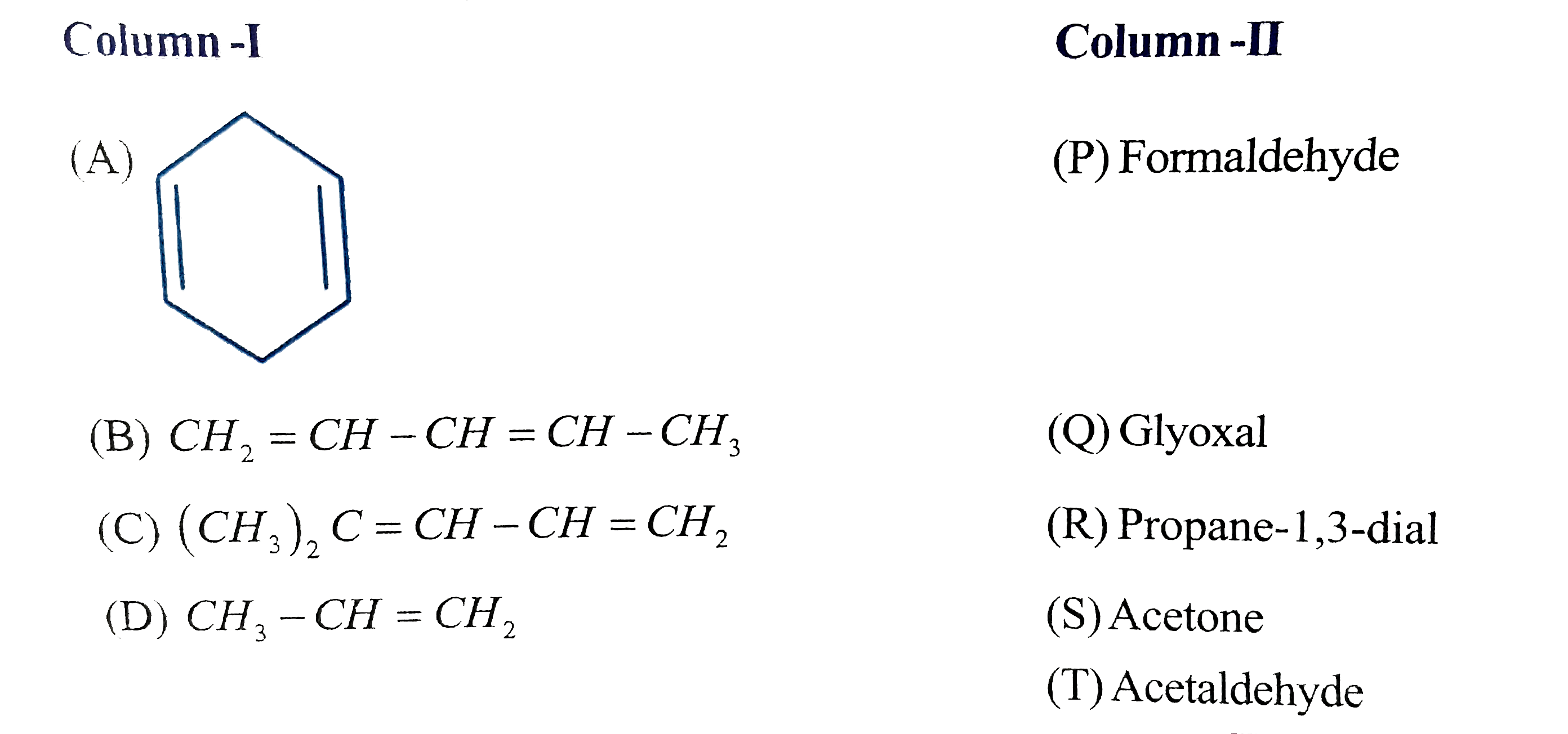 02:10View Solution
02:10View SolutionMatch the reactions in Column I with nature of the reactions / type of the products in Column II.
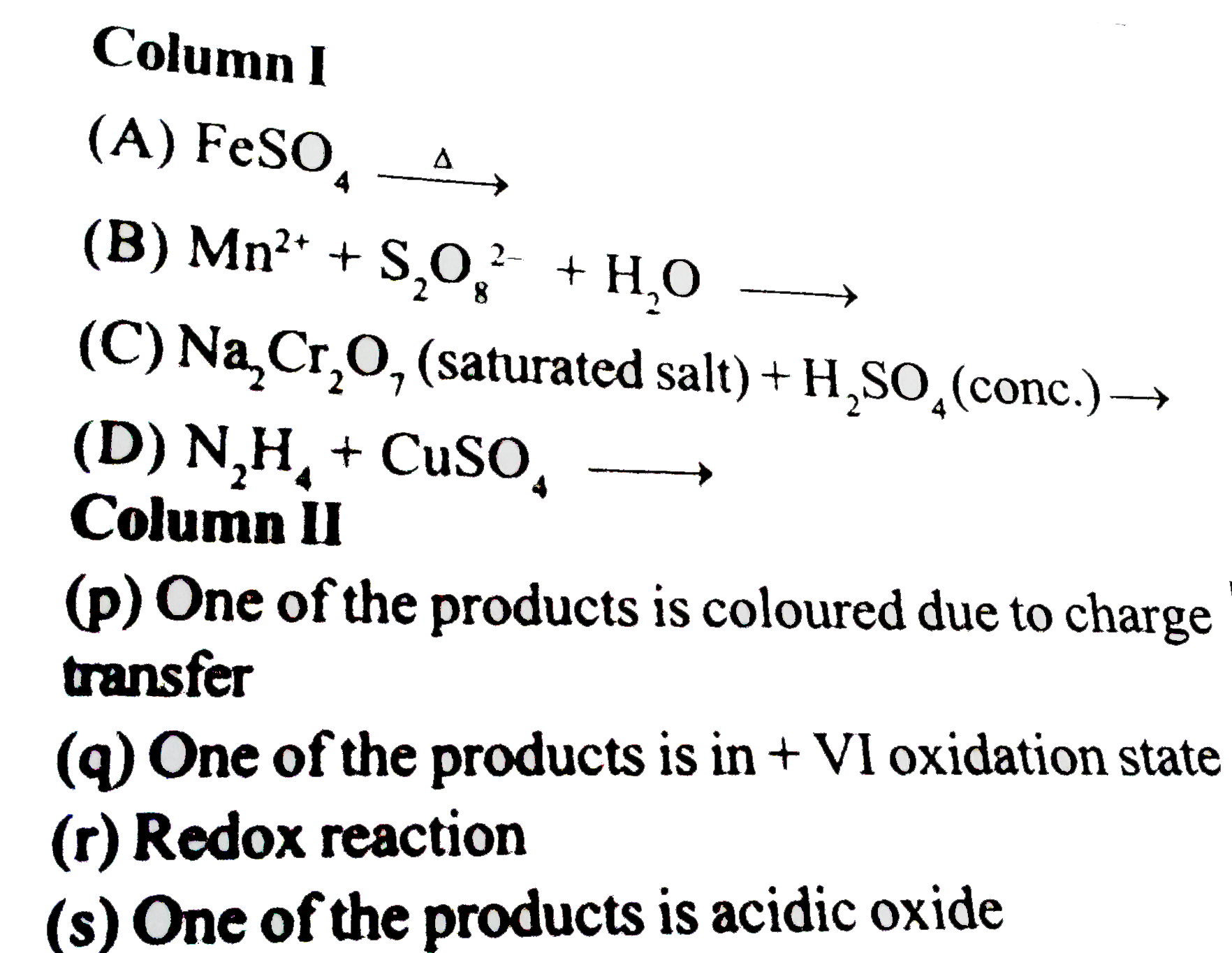 View Solution
View SolutionMatch the reactions in Column I with nature of the reactions / type of the products in Column II.
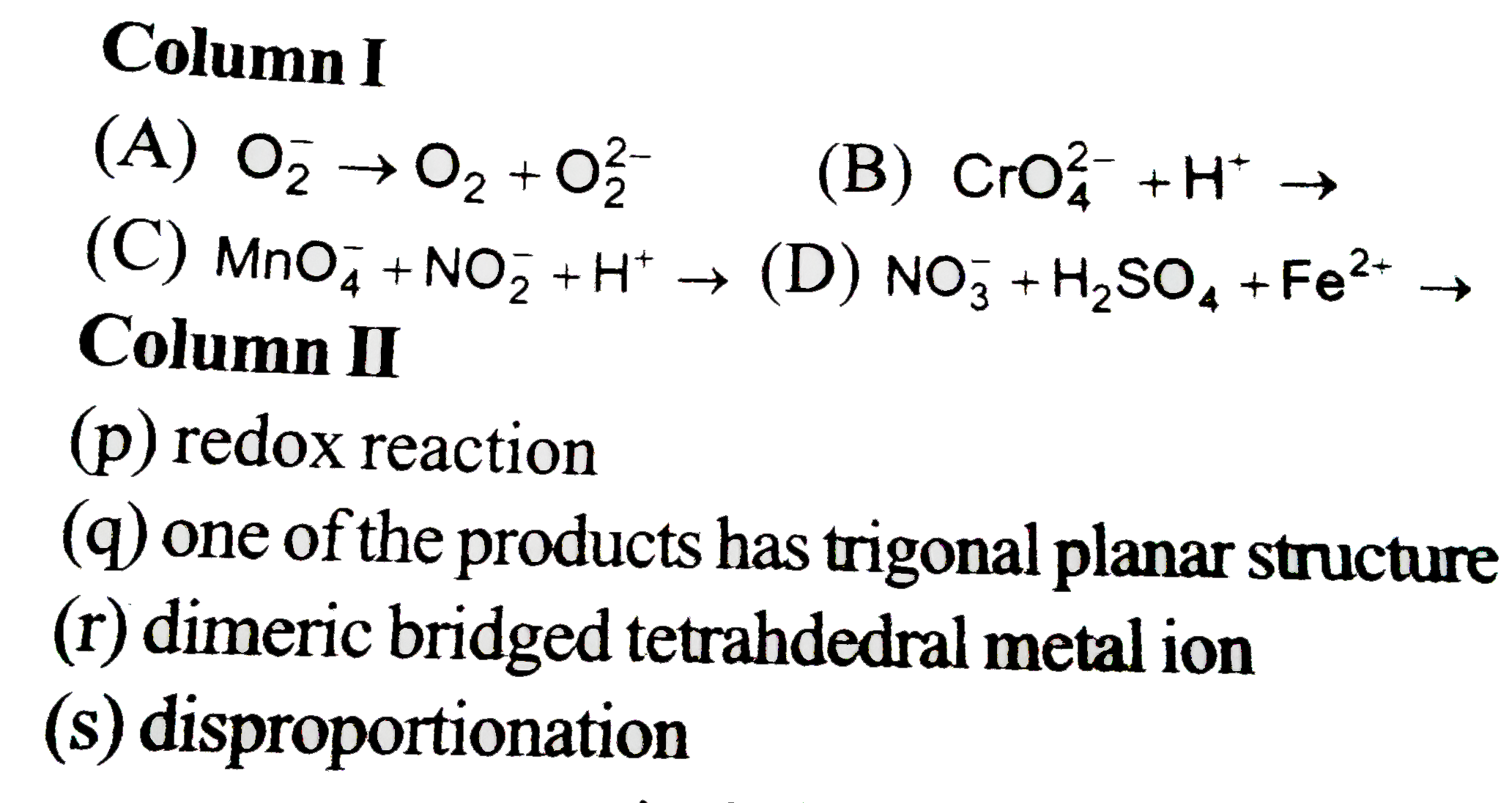 04:45View Solution
04:45View SolutionMatch the reactions in Column I with the types of products/the use of products in Column II.
 03:27View Solution
03:27View SolutionMatch the catalysts (column I) with products (Column II)
03:49View SolutionMatch the catalysts ( column I ) with products ( Column II)
04:00View SolutionMatch the reactions in column I with nature of the reaction/type of the products in column II.

 02:25View Solution
02:25View SolutionMatch the catalysts (Column I) with products (Column II)
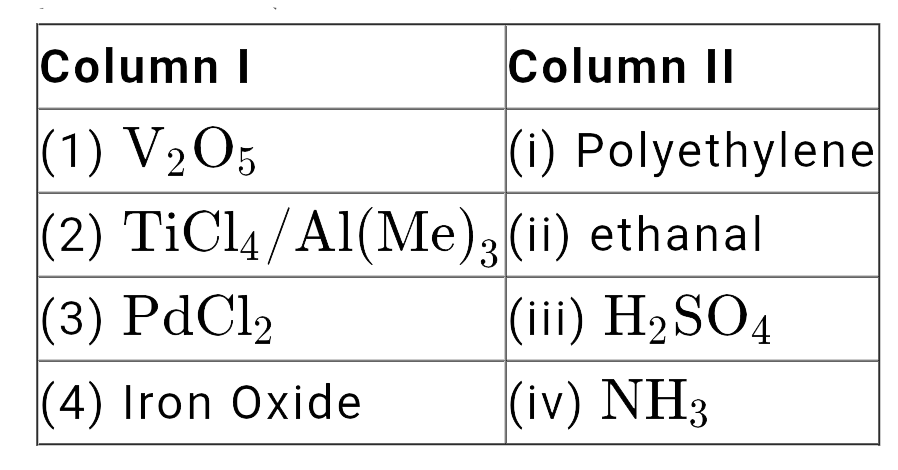 08:55View Solution
08:55View Solutionउत्प्रेरकों (कॉलम -I ) को उत्पादों (कॉलम -II ) के साथ सुमेलित कीजिए
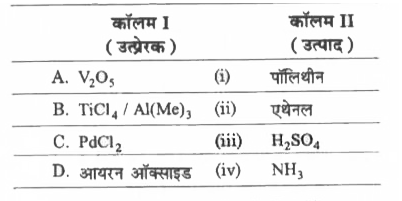 02:16View Solution
02:16View SolutionMatch the follwing reactants in Column I with the corresponding reaction products in Column II.
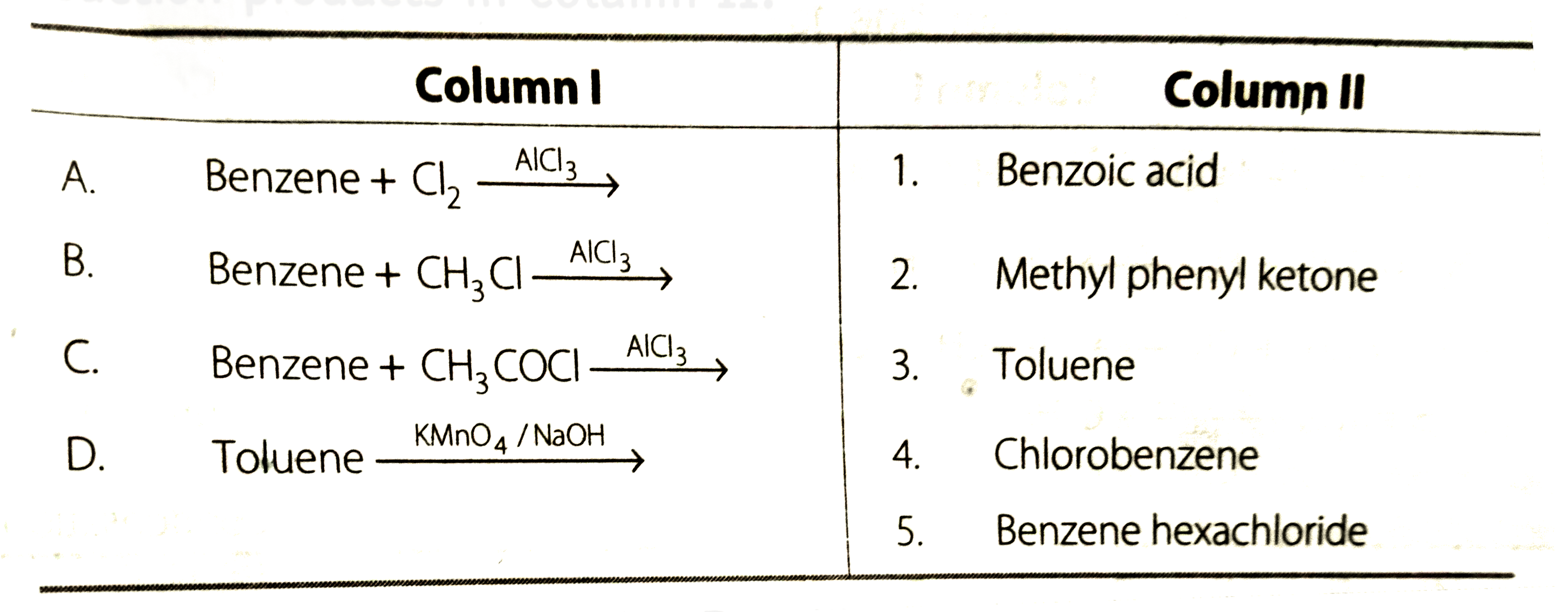 04:09View Solution
04:09View Solutionउत्प्रेरकों (कॉलम I) को उत्पादों (कॉलम II) के साथ सुमेलित कीजिए
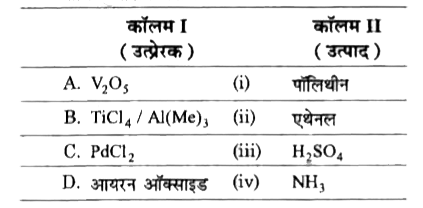 04:27View Solution
04:27View Solution

